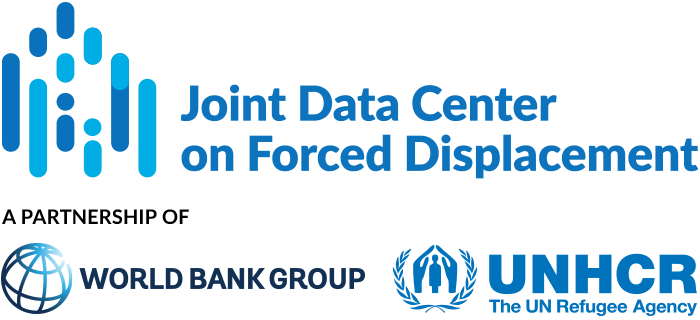This article examines the relationship between school functioning, physical activity (PA), sex, Body Mass Index (BMI), age, and resilience in Ukrainian refugee children in Poland. Since Russia’s invasion of Ukraine on February 24, 2022, approximately 200,000 school-aged children and adolescents from Ukraine have enrolled in Polish schools.
JDC Literature Review
The Making of a “Lost Generation”: Child Labor among Syrian Refugees in Turkey
This paper examines the factors contributing to child labor among Syrian refugees in Turkey. By the end of 2018, Turkey hosted 3.6 million Syrian refugees, including 1.6 million children under the age of 18, of which 1.1 million were of school age (5–17 years).
Predictors of Literacy and Attitudes Toward Reading Among Syrian Refugee Children in Jordan
This paper examines the factors associated with literacy and attitudes toward reading among Syrian refugee children in Jordan.
Incidence of child marriage among refugees and internally displaced persons in the Middle East and South Asia: evidence from six cross-sectional surveys
This article investigates the incidence of child marriage among displaced and host populations in humanitarian settings in Bangladesh, Nepal, Djibouti, Iraq, Lebanon, and Yemen.
Malnutrition trends in Rohingya children aged 6–59 months residing in informal settlements in Cox’s Bazar District, Bangladesh: An analysis of cross-sectional, population-representative surveys
This paper estimates malnutrition rates among Rohingya refugee children in Bangladesh. Since April 2017, more than 700,000 Rohingya refugees have fled violence in Myanmar, settling in makeshift settlements in Cox’s Bazar District, Bangladesh.
Global Trends: Forced Displacement in 2023
The 2024 Global Trends report presents the most recent official statistics on refugees, asylum-seekers, internally displaced persons (IDPs), stateless people, and returned refugees for the year 2023. The data included in the report is sourced from governments, non-governmental organizations, and UNHCR.
The predictors of food security and dietary diversity among internally displaced persons’ children (6–59 months) in Bamenda health district, Cameroon
This paper estimates the prevalence and predictors of food insecurity and dietary diversity among displaced children in the Bamenda Health District of Cameroon. As of October 2018, United Nations Office for the Coordination of Humanitarian Affairs (OCHA) estimated...
The Mental Health Costs of Armed Conflicts—A Review of Systematic Reviews Conducted on Refugees, Asylum-Seekers and People Living in War Zones
This paper investigates the mental health consequences of war on refugees or those living in war zones through a review of all systematic reviews and/or meta-analyses published since 2005. The author identified 22 systematic reviews and/or meta-analyses for the review, including 15 studies in adult populations and seven focused on children and adolescents.
Child poverty among refugees
This article estimates the intra-household allocation of consumption in refugee settlements and surrounding communities in Kenya and Uganda, and examines the implications for child poverty. Uganda is the largest refugee hosting country in Africa, with more than 1.5 million refugees and asylum seekers as of June 2022. Kenya is the third-largest refugee-hosting country in Africa, after Uganda and Ethiopia, with over 555,000 refugees and asylum seekers as of June 2022.
The effectiveness of therapeutic interventions on psychological distress in refugee children: A systematic review
This paper systematically reviews existing research on the effectiveness of psychological interventions in reducing symptoms of distress amongst refugee and asylum-seeker children.


